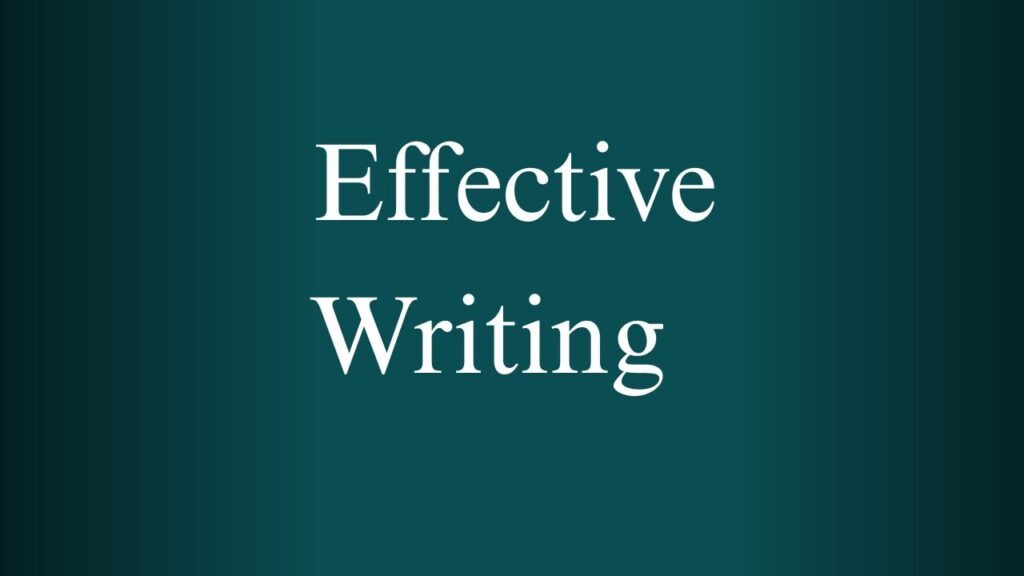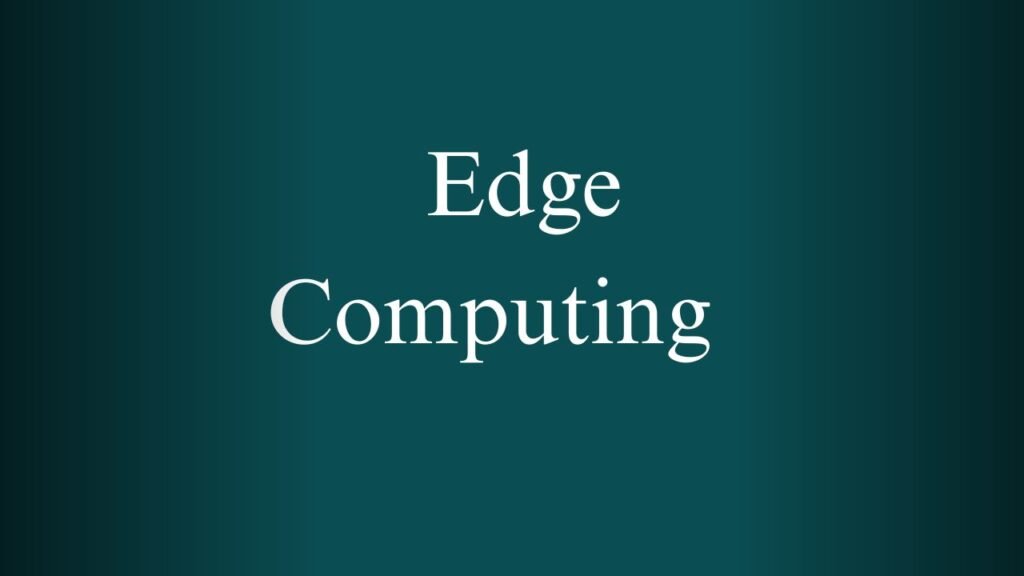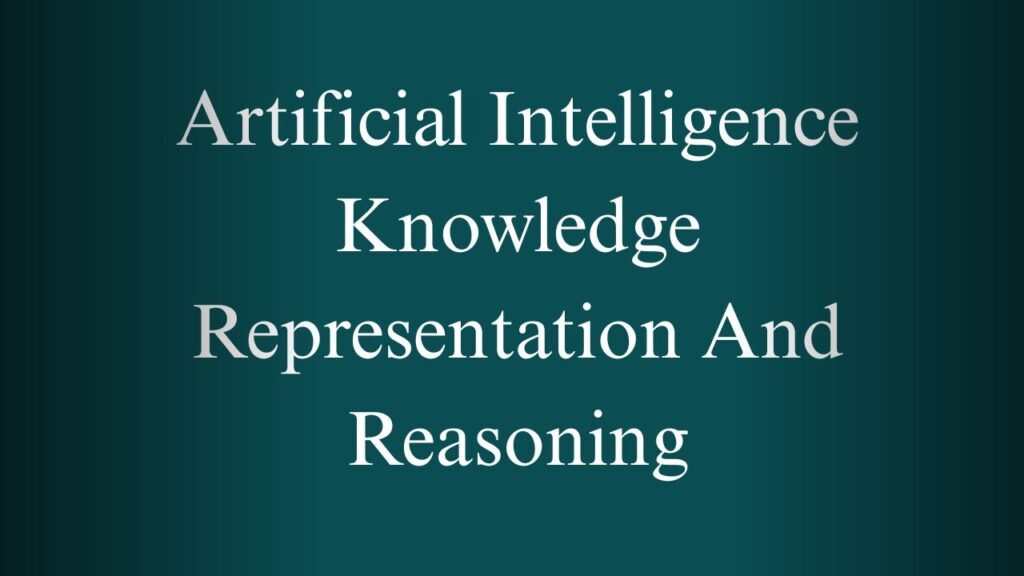NPTEL Soft Skill Development Week 1 Assignment Answers 2025
1. Deep listening can foster which of the following outcomes?
A: Increased dominance in conversations by controlling the dialogue.
B: Improved ability to decode verbal and non-verbal cues.
(a) Both A and B are correct
(b) Both A and B are wrong
(c) A is correct, but B is wrong
(d) B is correct, but A is wrong
✅ Answer: (d)
Explanation: Deep listening is about empathetic and attentive listening, which helps in decoding non-verbal/verbal cues. It’s not about dominating a conversation.
2. Filtering out parts of conversations does NOT help in which of the following?
(a) Building genuine connections based on mutual understanding.
(b) Maintaining focus on the primary topic of discussion.
✅ Answer: (a)
Explanation: Filtering information can prevent mutual understanding, as it may ignore essential emotional or contextual cues.
3. An emblem is a type of nonverbal communication where a gesture carries a specific meaning that is culturally defined and can often replace spoken words.
(a) True
(b) False
✅ Answer: (a)
Explanation: Emblems are nonverbal signals (like thumbs up) that have a specific meaning recognized by a culture.
4. Active listening is used for:
(a) Preparing counterarguments during a conversation.
(b) Encouraging open and meaningful dialogue.
(c) Gaining control over the conversation flow.
(d) All of the above
✅ Answer: (b)
Explanation: Active listening supports understanding, not competition or dominance in a conversation.
5. Overt communication is NOT helpful when:
A. It leads to excessive bluntness, causing interpersonal strain.
B. It overshadows subtle cues and nonverbal signals.
C. It fosters transparency and minimizes misunderstandings.
(a) A and B only
(b) A and C only
(c) B and C only
(d) All of the above
✅ Answer: (a)
Explanation: Overt communication is usually good, but if it’s too blunt or ignores nonverbal nuances, it can harm relationships.
6. When you’re not given an opening to speak in a formal group setting, you can:
(a) Wait for a pause
(b) Give nonverbal signals that you want to speak
(c) Speak up firmly
(d) All of the above
✅ Answer: (d)
Explanation: All methods are valid strategies for politely asserting your intent to speak.
7. When you are lying, you are manipulating your:
(a) Gestures and postures
(b) Friends
(c) Family
(d) All of the above
✅ Answer: (a)
Explanation: Lying involves consciously or unconsciously changing body language cues like gestures, posture, or eye contact.
8. Emotions are often triggered by non-linguistic factors. Emotional responses are influenced by both ___ and ___ factors.
(a) Cognitive, physiological
(b) Cognitive, psychological
(c) Linguistic, non-linguistic
(d) Physiological, environmental
✅ Answer: (a)
Explanation: Both how we interpret (cognitive) and physically react (physiological) contribute to emotional responses.
9. Can aggression have any use in group discussions?
(a) Yes, it can be used to dominate the discussion and impose opinions.
(b) Yes, it can help establish boundaries or push urgent actions in high-stakes situations.
(c) No, it always disrupts communication and damages group dynamics.
(d) No, it only serves to undermine authority and suppress participation.
✅ Answer: (b)
Explanation: In urgent or high-stakes scenarios, assertive (controlled) aggression can help highlight issues and prompt action.
10. Consider the following two statements:
A: Imperfect communication can lead to unintended meanings.
B: Unintended meanings in communication always arise from the receiver’s inability to understand.
(a) Both A and B are correct
(b) Both A and B are wrong
(c) A is correct, but B is wrong
(d) B is correct, but A is wrong
✅ Answer: (c)
Explanation: A is correct, but B is incorrect — communication breakdowns can also be due to ambiguous messages or lack of context.
11. _______ is key to comprehensive listening.
(a) Evaluating arguments
(b) Interpreting meaning
(c) Showing empathy
(d) Giving feedback
✅ Answer: (b)
Explanation: Comprehensive listening focuses on understanding meaning, not just facts or emotions.
12. Power bias in the classroom is reflected by:
A: Seating arrangement
B: Curriculum
C: Participatory learning environment
(a) A, B and C are true
(b) Only A and B are true
(c) Only A and C are true
(d) Only A is true
✅ Answer: (b)
Explanation: Participatory learning environments usually reduce bias, not cause it.
13. In a one-sided conversation, it is important to have patience while relegating an ______ topic to apparently ______ ones.
(a) Important, unimportant
(b) Sensitive, insensitive
(c) Unimportant, important
(d) Insensitive, sensitive
✅ Answer: (a)
Explanation: Sometimes, one must gently shift from trivial to important topics to keep the conversation balanced and respectful.
14. In formal group discussions, non-verbal gestures can be used to:
(a) Intervene and redirect the conversation
(b) Show dissent
(c) Listen
(d) All of the above
✅ Answer: (d)
Explanation: Non-verbal gestures can express a wide range of intentions, from agreement and disagreement to cues for speaking.
15. Consider the following statements:
A: Ethics should guide arguments in group discussions.
B: Misleading info is acceptable if it strengthens your argument.
(a) Both A and B are correct
(b) Both A and B are wrong
(c) A is correct, but B is wrong
(d) B is correct, but A is wrong
✅ Answer: (c)
Explanation: Ethics and integrity are key in communication; manipulating facts is unethical, even if persuasive.



